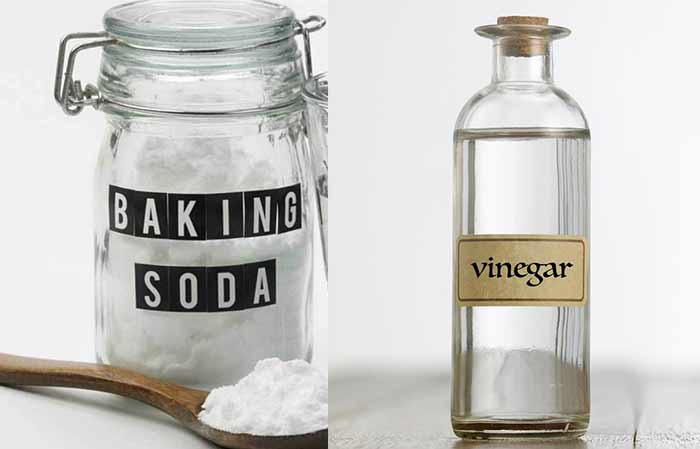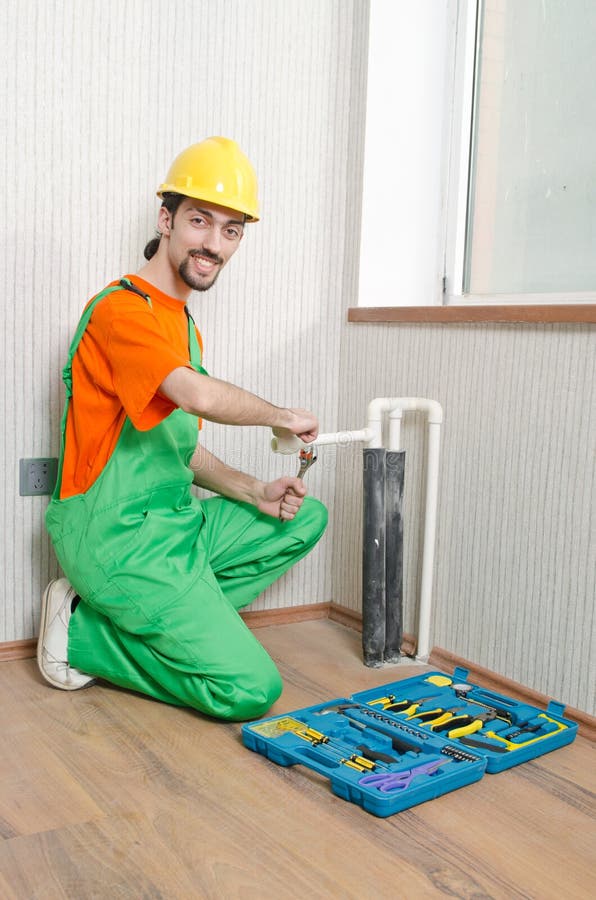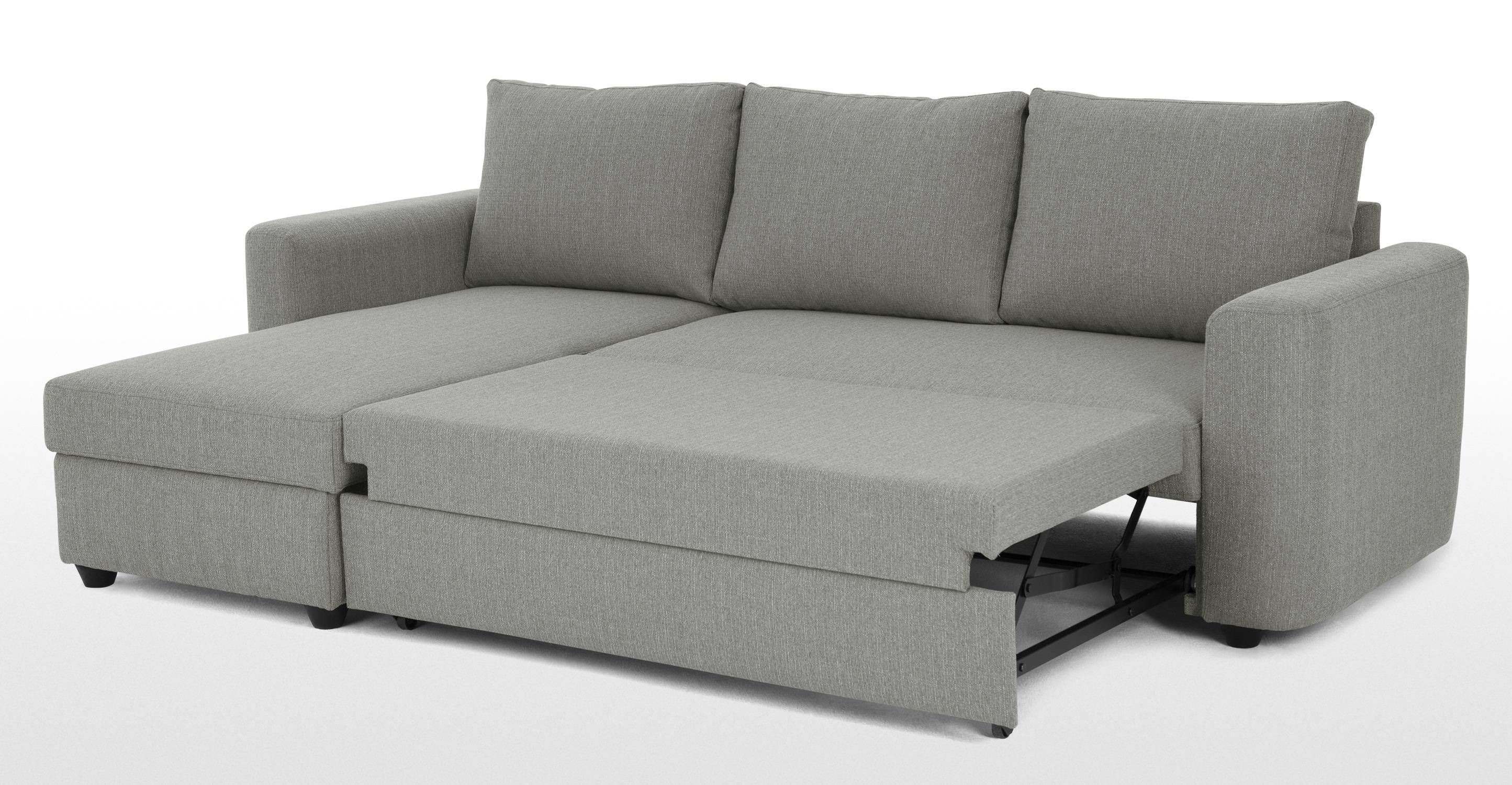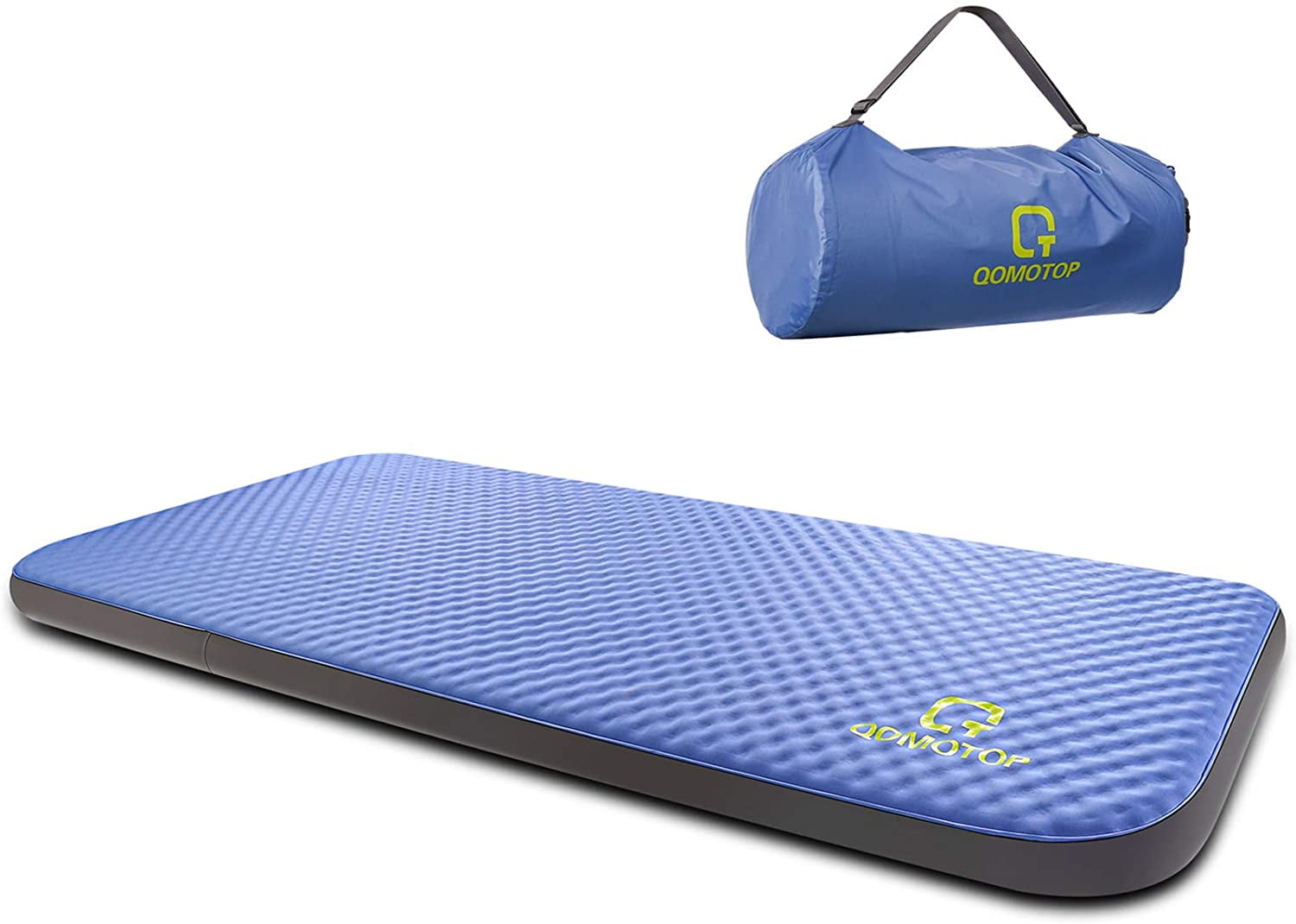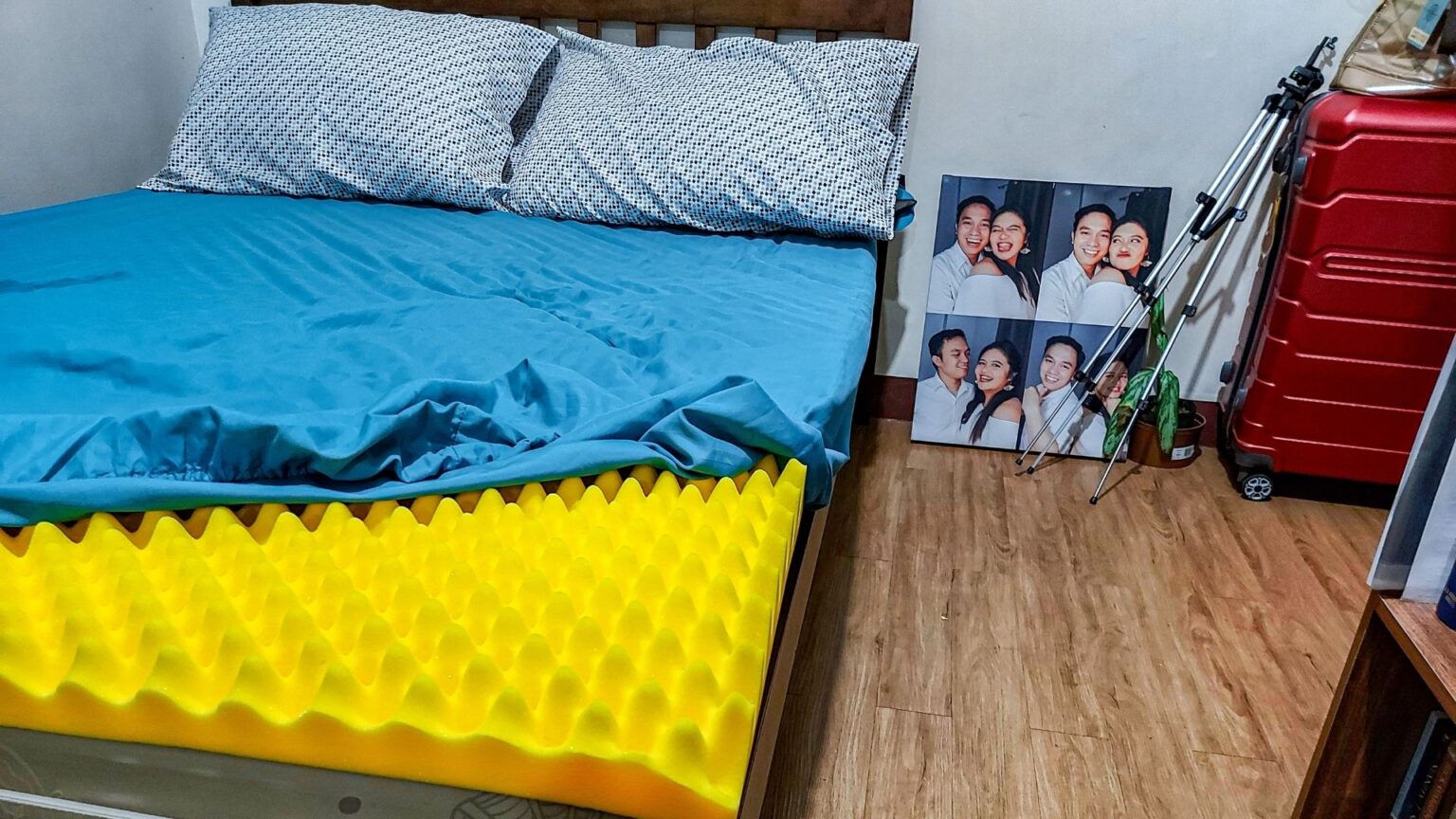Dealing with a clogged bathroom sink can be a major inconvenience. Not only does it disrupt your daily routine, but it can also lead to unpleasant odors and potential water damage if left untreated. While there are many methods for unclogging a sink, using a sink plunger is one of the easiest and most effective solutions. Let’s take a closer look at how these simple tools work and why they are a must-have for any household. Sink Plunger: A Simple and Effective Tool for Unclogging Bathroom Sinks
The first step to using a sink plunger is to make sure you have the right type of plunger for the job. While most people are familiar with the classic toilet plunger, there are actually different types of plungers specifically designed for sinks. These have a flat, rubber suction cup instead of a flange, making them more effective for use on flat surfaces like sink drains. To use a sink plunger, start by filling your sink with a few inches of water. This will help create a seal between the plunger and the drain. Next, place the plunger over the drain and push down gently to create suction. Then, using an up and down motion, begin plunging vigorously. This action will help loosen and dislodge any clogs in the pipes. Once you feel the clog has been cleared, run some hot water down the drain to flush out any remaining debris. How to Use a Sink Plunger to Unclog Your Bathroom Sink
Using a sink plunger offers several benefits over other methods of unclogging a sink. First and foremost, it is a quick and easy solution that requires minimal tools and effort. It is also a chemical-free option, making it a safer and more environmentally-friendly choice. Additionally, using a sink plunger can save you money on expensive drain cleaning products or calling a plumber for minor clogs. Another advantage of using a sink plunger is that it can also help prevent future clogs from occurring. Regularly using a plunger to clear small clogs can help keep your pipes clear and free from buildup. This can save you from dealing with larger and more stubborn clogs in the future. The Benefits of Using a Sink Plunger for Bathroom Sink Clogs
To recap, here is a step-by-step guide for using a sink plunger to unclog your bathroom sink: Step 1: Make sure you have the right type of plunger for a sink, not a toilet. Step 2: Fill the sink with a few inches of water to create a seal. Step 3: Place the plunger over the drain and push down gently. Step 4: Plunge vigorously in an up and down motion. Step 5: Run hot water down the drain to flush out any remaining debris. Step-by-Step Guide: Using a Sink Plunger to Unclog Your Bathroom Sink
While chemical drain cleaners may seem like a convenient solution for unclogging a sink, they can actually cause more harm than good. These products are often harsh and can damage your pipes over time. They can also be dangerous if not used properly and can emit harmful fumes. On the other hand, using a sink plunger is a safe and effective method that won’t cause damage to your pipes or expose you to harmful chemicals. Additionally, chemical drain cleaners typically only offer a temporary solution to clogs. They may clear the clog at the moment, but they don’t address the underlying issue that caused the clog in the first place. This means you may find yourself dealing with the same clog again in the near future. Using a sink plunger, on the other hand, can help clear and prevent clogs without the use of harsh chemicals. Sink Plunger vs. Chemical Drain Cleaners: Which is Better for Unclogging Bathroom Sinks?
While using a sink plunger is a simple and effective method for unclogging a sink, there are a few common mistakes that people make that can hinder its effectiveness. These include: Not filling the sink with water: As mentioned earlier, filling the sink with water is important for creating a seal between the plunger and the drain. Not doing so can make it difficult to create suction and can make the plunging process less effective. Using too much force: While it may be tempting to use all your strength when plunging, this can actually cause more harm than good. Using too much force can damage your pipes or break the seal between the plunger and the drain, making it less effective. Not covering the overflow drain: In some sinks, there is an overflow drain located near the top of the sink bowl. It is important to cover this drain with a wet cloth or tape to prevent air from escaping, which can hinder the suction created by the plunger. Common Mistakes to Avoid When Using a Sink Plunger to Unclog Your Bathroom Sink
When it comes to choosing a sink plunger, there are a few different options available. The most common types are the flat-bottomed plunger and the bellows plunger. The flat-bottomed plunger, also known as a cup plunger, is the classic design most people are familiar with. It is effective for use on flat surfaces like sink drains. The bellows plunger, on the other hand, has a accordion-like shape that allows for more force and suction to be created. This type is better for use on curved or irregular surfaces, making it a good choice for sinks with pop-up stoppers or non-flat drains. Ultimately, the best type of sink plunger for you will depend on the shape and design of your sink drain. The Best Types of Sink Plungers for Unclogging Bathroom Sinks
While using a sink plunger is a great solution for unclogging a sink, it’s always better to prevent clogs from occurring in the first place. Here are a few tips to help prevent clogs in your bathroom sink: Don’t pour grease or oil down the drain: Grease and oil can solidify in your pipes and cause clogs. Instead, pour them into a container and dispose of them in the trash. Use a drain cover: Using a drain cover or stopper can help catch hair and other debris before it goes down the drain and causes a clog. Regularly clean your sink drain: Over time, soap scum, hair, and other debris can build up in your sink drain and cause clogs. Regularly cleaning your drain can help prevent this buildup and keep your sink running smoothly. If you do encounter a clog in your bathroom sink, using a sink plunger is usually the best first course of action. If the clog persists, it may be time to call a professional plumber. How to Prevent Clogs in Your Bathroom Sink and When to Use a Sink Plunger
If you prefer to use natural solutions to unclog your sink, there are a few DIY methods that can be effective. One of the most popular is using a combination of baking soda and vinegar. To do this, start by pouring 1/2 cup of baking soda down the drain, followed by 1/2 cup of vinegar. Let the mixture sit for about 15 minutes, then pour hot water down the drain to flush out any remaining debris. You can also add some salt to the mixture for an extra boost of cleaning power. Keep in mind, this method may not be as effective as using a plunger and may require multiple attempts to clear the clog. DIY Solutions: Using Baking Soda and Vinegar to Unclog Your Bathroom Sink
If you’ve tried using a plunger and DIY methods without success, it may be time to call a professional plumber. They have the tools and expertise to deal with more stubborn clogs and can help identify and fix any underlying issues that may be causing the clogs. Additionally, if you notice slow draining or recurring clogs in your bathroom sink, it’s best to call a plumber instead of continuously trying to unclog it yourself. This could be a sign of a larger problem that needs to be addressed by a professional. Professional Help: When to Call a Plumber for Stubborn Bathroom Sink Clogs
Introduction
 When it comes to maintaining your house, one of the most frustrating and unpleasant tasks can be dealing with a clogged bathroom sink. Not only does it create a messy and unhygienic environment, but it also disrupts your daily routine. While there are various methods to tackle this issue, one of the most common and effective solutions is using a sink plunger. In this article, we will discuss whether sink plungers are a viable option for unclogging bathroom sinks and how they work.
When it comes to maintaining your house, one of the most frustrating and unpleasant tasks can be dealing with a clogged bathroom sink. Not only does it create a messy and unhygienic environment, but it also disrupts your daily routine. While there are various methods to tackle this issue, one of the most common and effective solutions is using a sink plunger. In this article, we will discuss whether sink plungers are a viable option for unclogging bathroom sinks and how they work.
Understanding How Sink Plungers Work
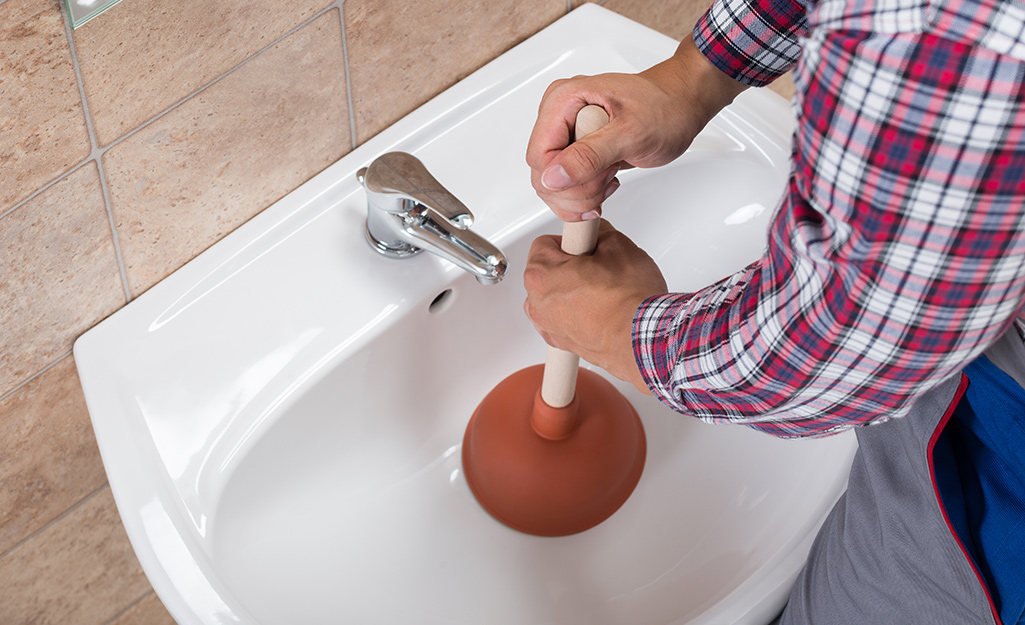 Before we dive into the effectiveness of sink plungers, it is essential to understand how they work. A sink plunger, also known as a cup plunger, is a rubber suction cup attached to a wooden or plastic handle. When pressed against the drain opening, the suction creates a vacuum that helps dislodge the clog by pulling it back up the drain. This method is particularly useful for clogs caused by debris like hair, soap scum, and other small objects.
Before we dive into the effectiveness of sink plungers, it is essential to understand how they work. A sink plunger, also known as a cup plunger, is a rubber suction cup attached to a wooden or plastic handle. When pressed against the drain opening, the suction creates a vacuum that helps dislodge the clog by pulling it back up the drain. This method is particularly useful for clogs caused by debris like hair, soap scum, and other small objects.
The Benefits of Using a Sink Plunger
 One of the most significant advantages of using a sink plunger is its simplicity and accessibility. Unlike other methods like chemical drain cleaners or plumbing snakes, sink plungers are affordable, easy to use, and readily available at most hardware stores. Additionally, sink plungers are non-toxic and do not require any harsh chemicals, making them safe to use for both you and the environment.
One of the most significant advantages of using a sink plunger is its simplicity and accessibility. Unlike other methods like chemical drain cleaners or plumbing snakes, sink plungers are affordable, easy to use, and readily available at most hardware stores. Additionally, sink plungers are non-toxic and do not require any harsh chemicals, making them safe to use for both you and the environment.
How to Use a Sink Plunger Effectively
:max_bytes(150000):strip_icc()/types-of-plungers-2718737-hero-fb66932f7d1e4340b6d75a7396e6c49c.jpg) To effectively use a sink plunger, you need to follow a few simple steps. Firstly, fill your bathroom sink with enough water to cover the rubber suction cup of the plunger. Then, place the plunger over the drain opening and ensure that it forms a tight seal. Next, push and pull the plunger vigorously, creating a suction that will help dislodge the clog. Repeat this process a few times until the water starts to drain freely.
To effectively use a sink plunger, you need to follow a few simple steps. Firstly, fill your bathroom sink with enough water to cover the rubber suction cup of the plunger. Then, place the plunger over the drain opening and ensure that it forms a tight seal. Next, push and pull the plunger vigorously, creating a suction that will help dislodge the clog. Repeat this process a few times until the water starts to drain freely.
When to Seek Professional Help
 While sink plungers are an effective tool for unclogging bathroom sinks, they may not work for more severe clogs caused by foreign objects or damaged pipes. In such cases, it is best to seek professional help from a plumber who can assess and fix the issue efficiently.
In conclusion, sink plungers are a useful and practical tool for unclogging bathroom sinks caused by debris. By understanding how they work and following the proper technique, you can save time and money by fixing the issue yourself. However, in more severe cases, it is always best to seek professional assistance for a more permanent solution. So, next time you encounter a clogged bathroom sink, remember to consider using a sink plunger as your go-to solution.
While sink plungers are an effective tool for unclogging bathroom sinks, they may not work for more severe clogs caused by foreign objects or damaged pipes. In such cases, it is best to seek professional help from a plumber who can assess and fix the issue efficiently.
In conclusion, sink plungers are a useful and practical tool for unclogging bathroom sinks caused by debris. By understanding how they work and following the proper technique, you can save time and money by fixing the issue yourself. However, in more severe cases, it is always best to seek professional assistance for a more permanent solution. So, next time you encounter a clogged bathroom sink, remember to consider using a sink plunger as your go-to solution.


:max_bytes(150000):strip_icc()/plumber-unclogging-kitchen-sink-169270382-5810e7bb5f9b58564c5dd92b.jpg)




:max_bytes(150000):strip_icc()/woman-wearing-yellow-washing-up-gloves-to-unblock-sink-using-plunger-close-up-131987463-5887cfc03df78c2ccd92ec9e.jpg)






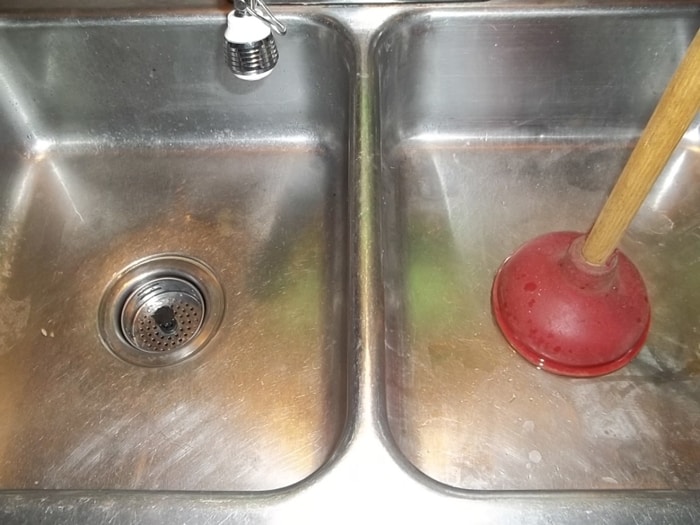














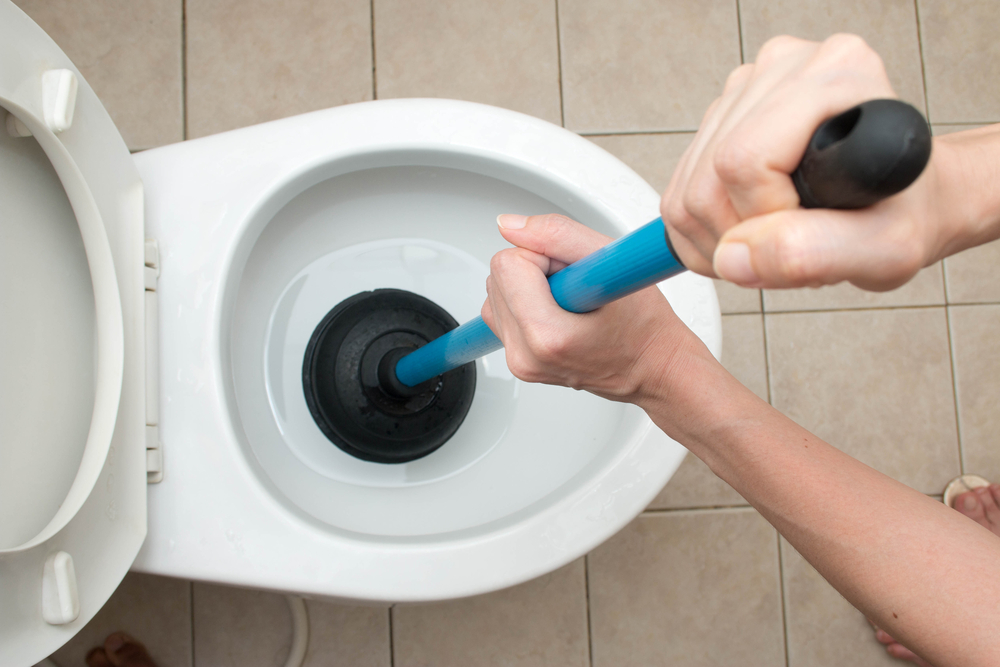

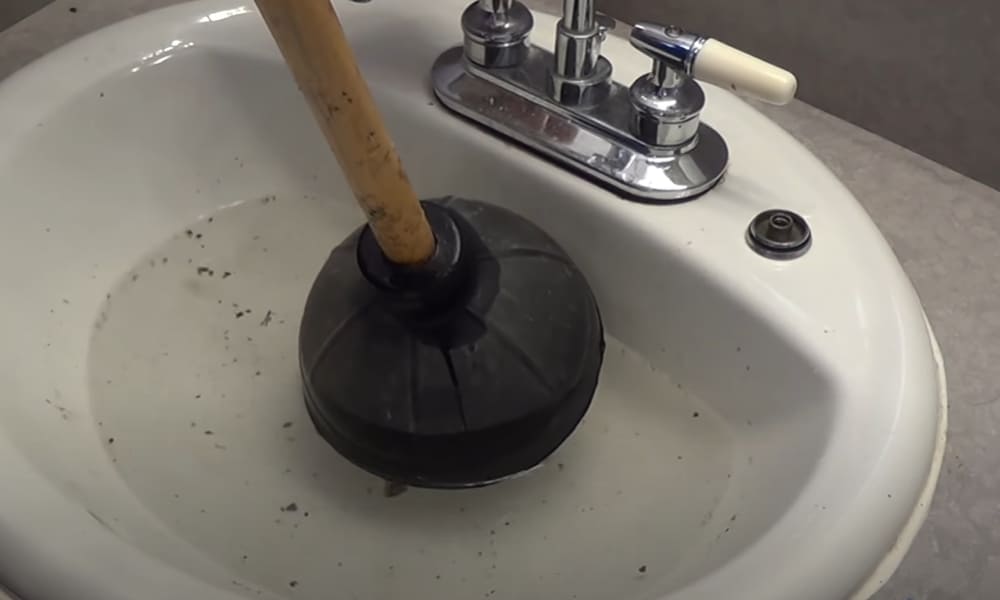







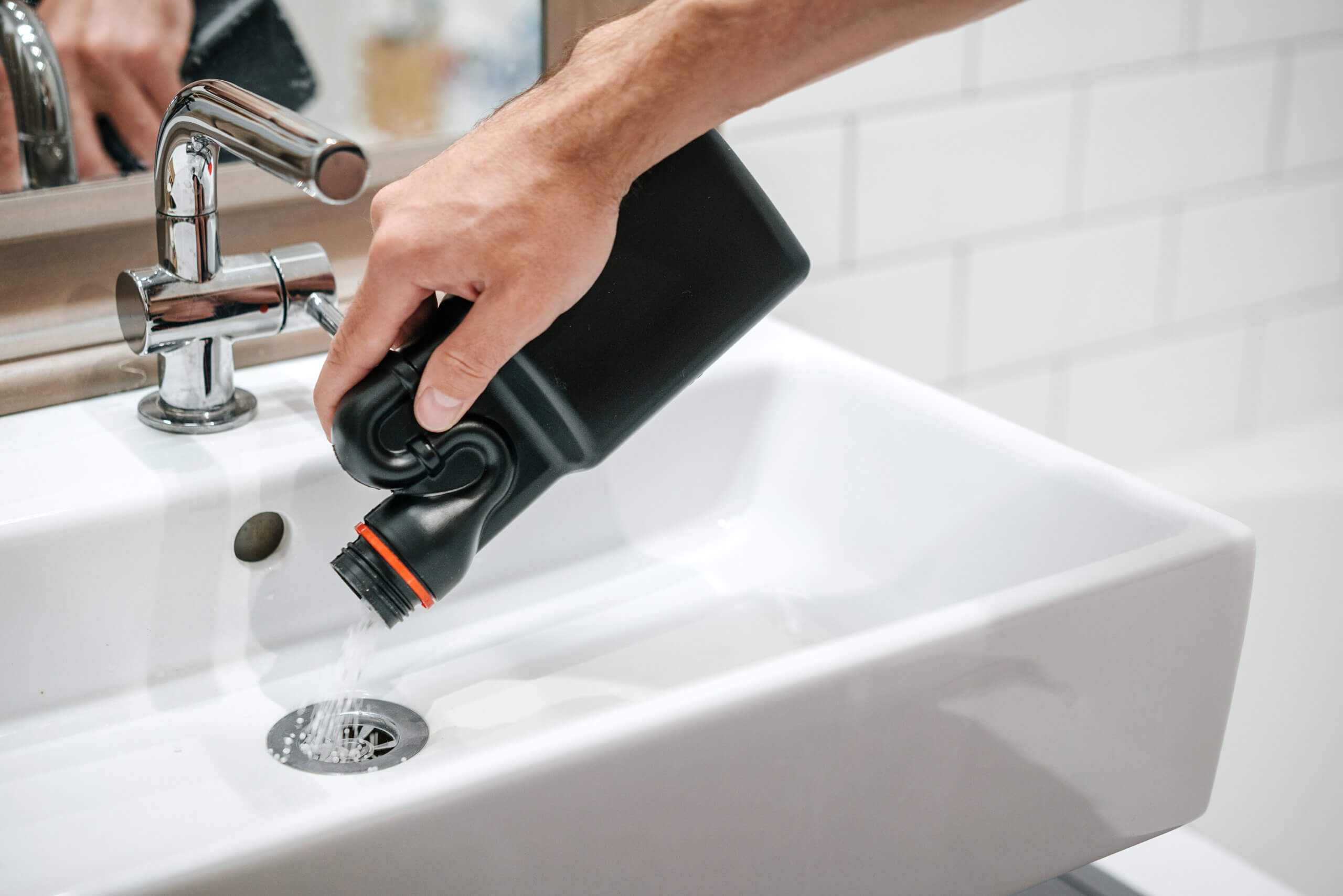


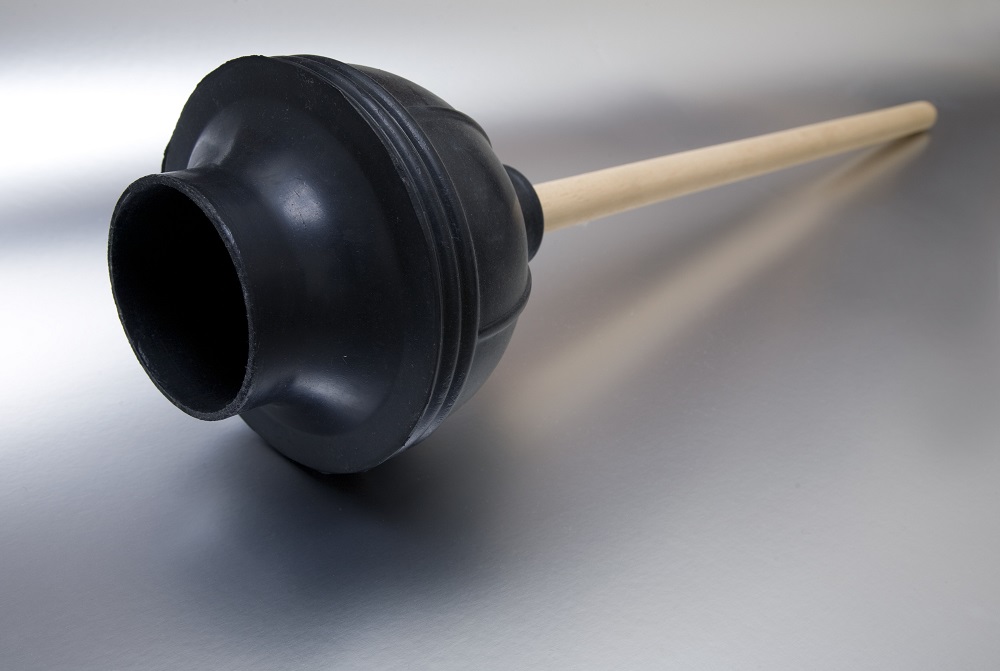







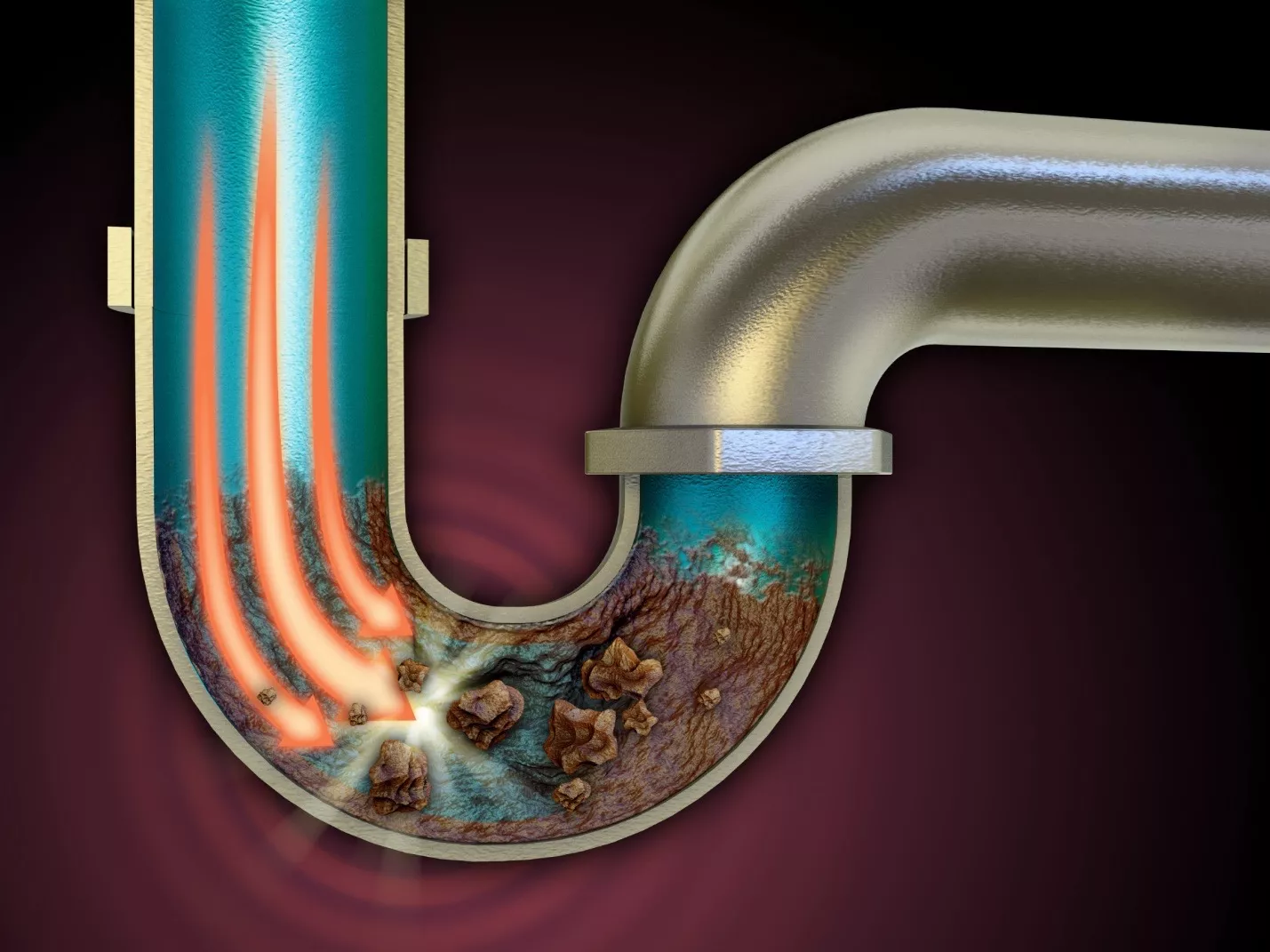

/plumber-unclogging-kitchen-sink-169270382-5797a9355f9b58461f27f024.jpg)


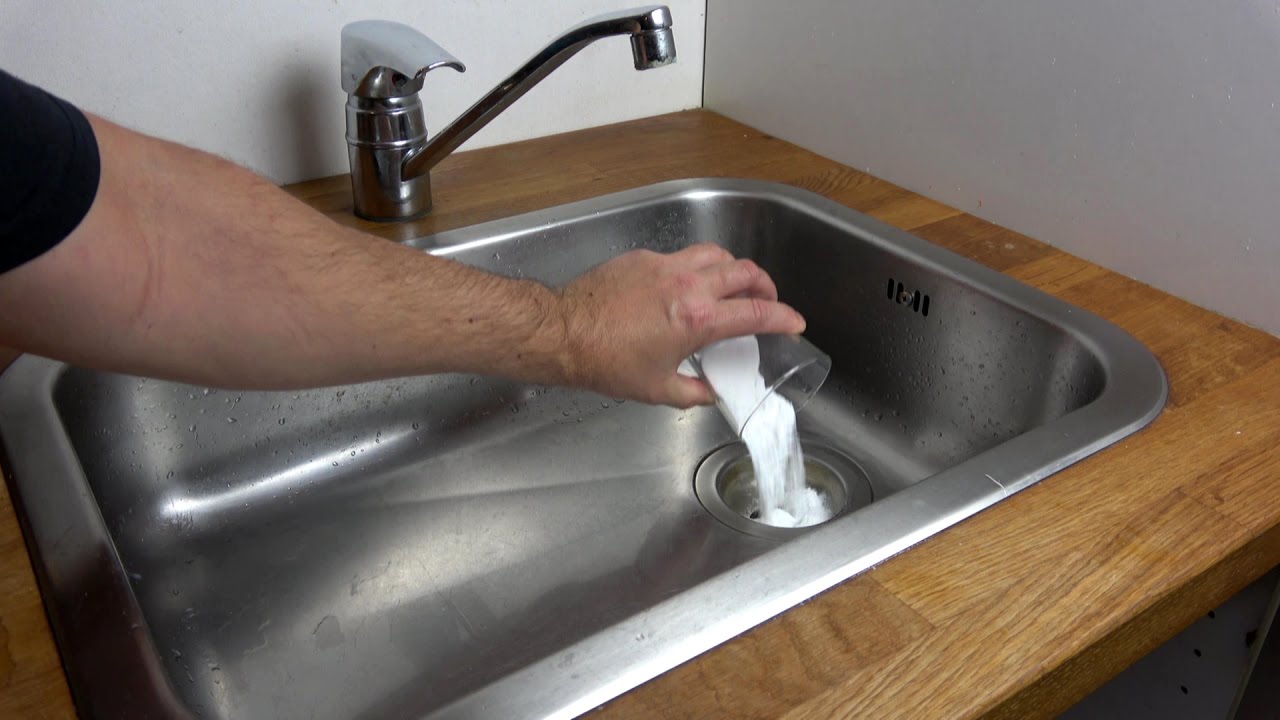
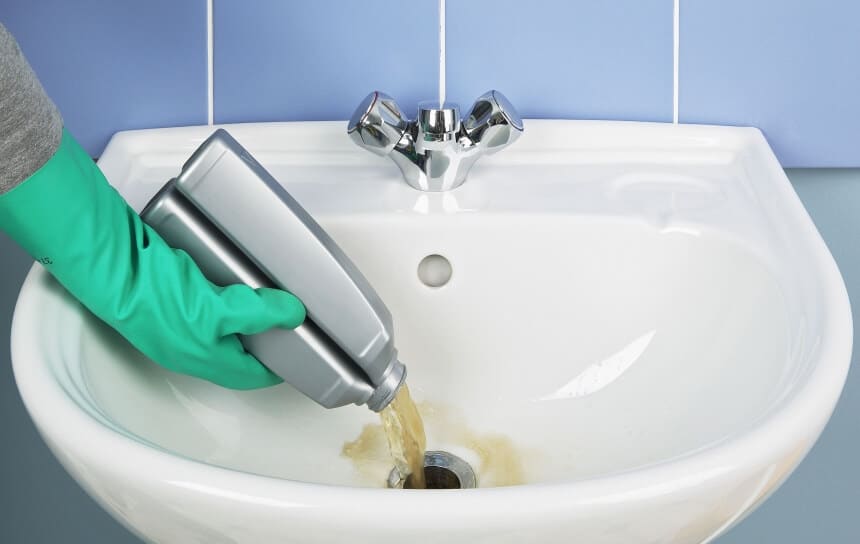





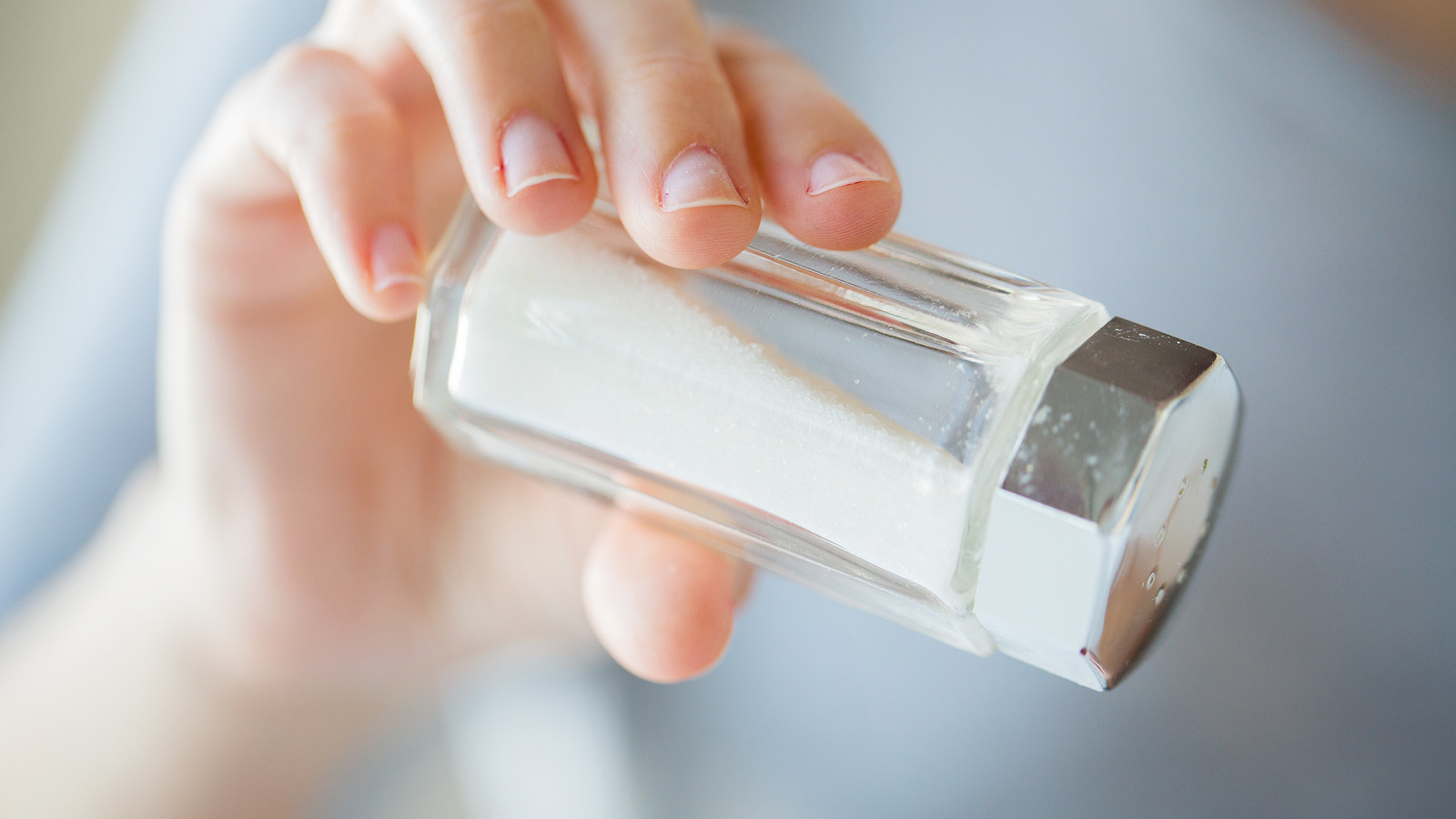
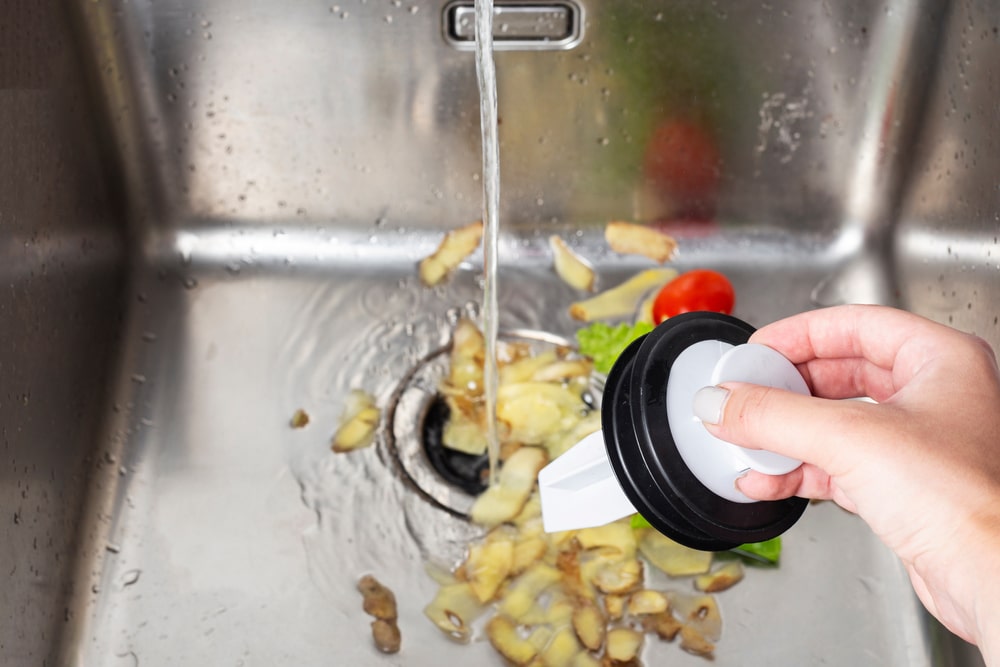












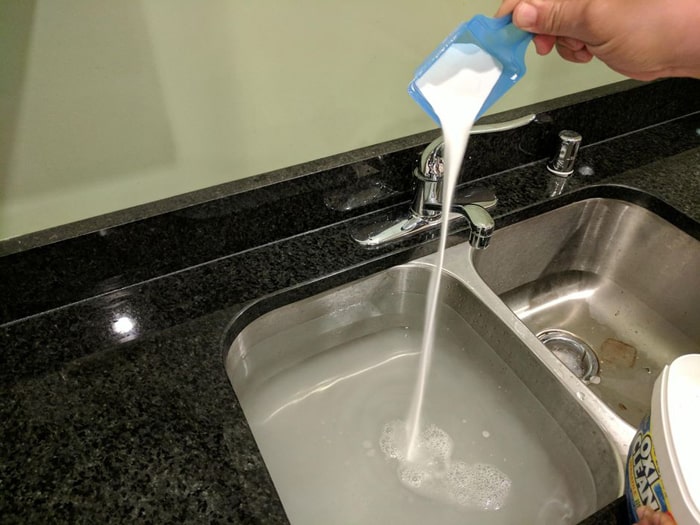
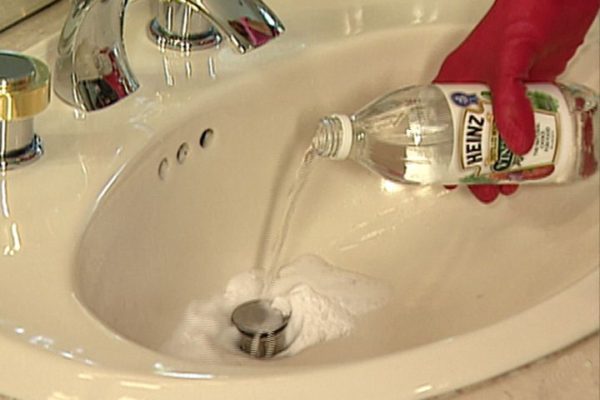

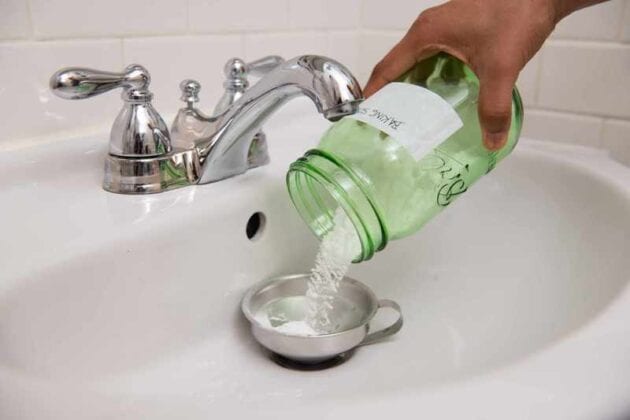
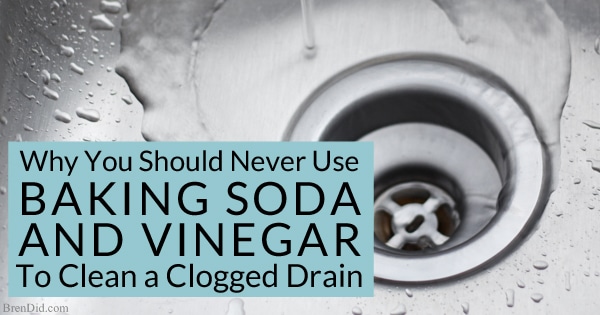
:max_bytes(150000):strip_icc()/freshen-and-unclog-drain-with-baking-soda-1900466-22-bbf940b70afa4d5abef0c54da23b1d3f.jpg)
